Sitting on the farthest edge of this 65-mile-long peninsula, no trip to Cape Cod is complete without visiting Provincetown.
On your way to America’s oldest continuous art colony, you’ll pass through the smallest town on the Cape — Truro. Despite its diminutive size, Truro packs a punch when it comes to the arts, all while surrounded by the natural beauty the region is known for; roughly 75 percent of its land is designated as part of the Cape Cod National Seashore.
This pristine habitat serves as inspiration for artists of all abilities who will receive the highest level of instruction at the Truro Center for the Arts at Castle Hill. Nestled in the dunes of Truro and within walking distance to Cape Cod Bay, this setting serves as the ideal backdrop for a range of workshops set in historic buildings, including drawing, painting, photography, writing, culinary arts, dance, and ceramics. There are even classes geared towards kids.
The nonprofit also plays host to cultural events throughout the year, ranging from story slams to lectures to author talks to live music to the Provincetown Dance Festival. Each June it attracts some of the world’s top encaustic artists – also known as hot wax painting – for the annual International Encaustic Conference. The conference is directed by Truro Center for the Arts Executive Director Cherie Mittenthal, an encaustic painter herself.
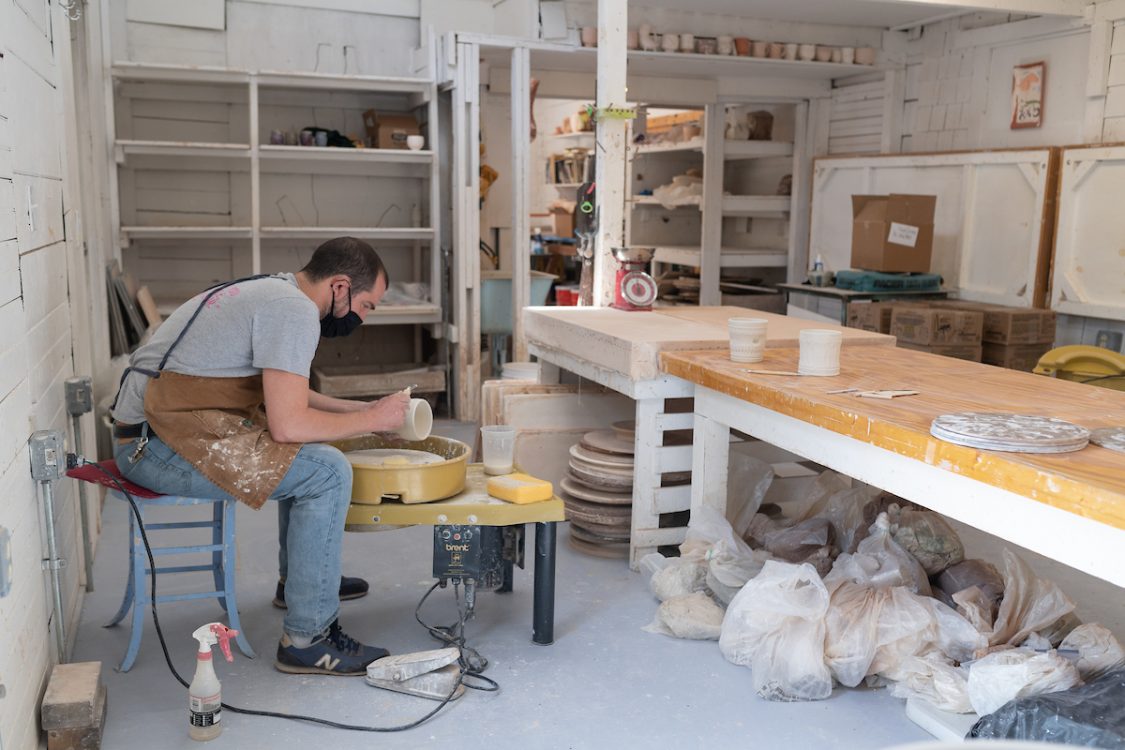
“Between all of the artists who live on the Outer Cape and the number of galleries, theater, drag shows, and the best beaches in all of New England, this is a definite must-see destination,” Mittenthal says of Truro and Provincetown.
In North Truro, the Payomet Performing Arts Center is relatively new to the entertainment scene, opening to the public as a theater company in 1998. Since then, the venue has expanded to include concerts as well as its own Cirque by the Sea show, an original circus show that the entire family will love.
A little less than a mile away from Payomet is Highland Light, which was commissioned by George Washington and established in 1797 as the 20th light station in the United States. It is the Cape’s first lighthouse, helping vessels navigate these treacherous waters which have been termed an “ocean graveyard” by the National Park Service, leading to 1,000 wrecks between Truro and Wellfleet.
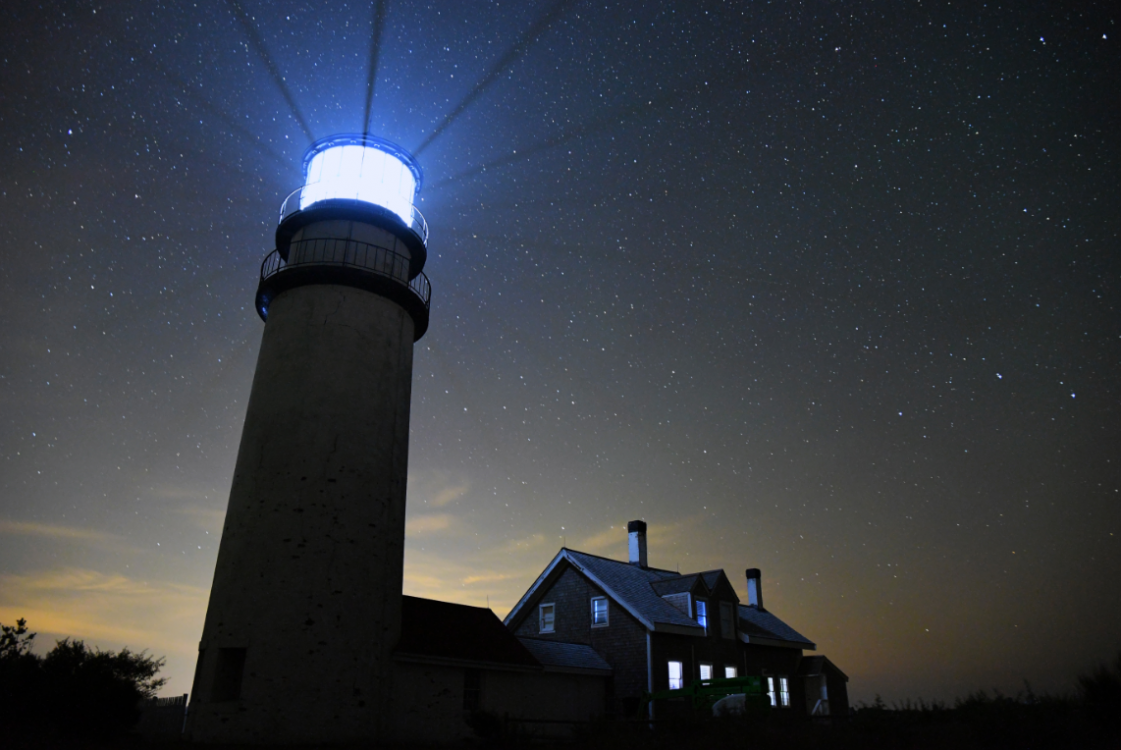
Henry David Thoreau wrote about the historic structure in an 1864 article published in The Atlantic, commenting that “The light-house lamp a few feet distant shone full into my chamber, and made it bright as day, so I knew exactly how the Highland Light bore all that night, and I was in no danger of being wrecked.”
Highland Light is currently undergoing extensive repairs, at a price tag of $2 million, and is scheduled to reopen in 2022.
At nearby Truro Vineyards, you’ll not only get a taste of an authentic Cape Cod wine, you can enjoy live entertainment. Since 2021, the venue has played host to Twenty Summers’ outdoor concert series, featuring a lineup of local, regional, and national acts.
The winery has also served as the setting for the popular Vinegrass festival, which has annually drawn some of the top names in bluegrass, folk, and Americana to the Cape every fall since it started in 2014. The popular event raises funds for the nonprofit which provides scholarships for students studying music at an accredited 4-year university as well as subsidies to help students in need pay for camps, workshops, and instruments.
A 10-minute ride from Truro is one of the most vibrant, creative communities on the East Coast with a storied history that dates back more than a century. The Provincetown art colony started in 1899 when American portrait and genre painter Charles Webster Hawthorne opened his Cape Cod School of Art.
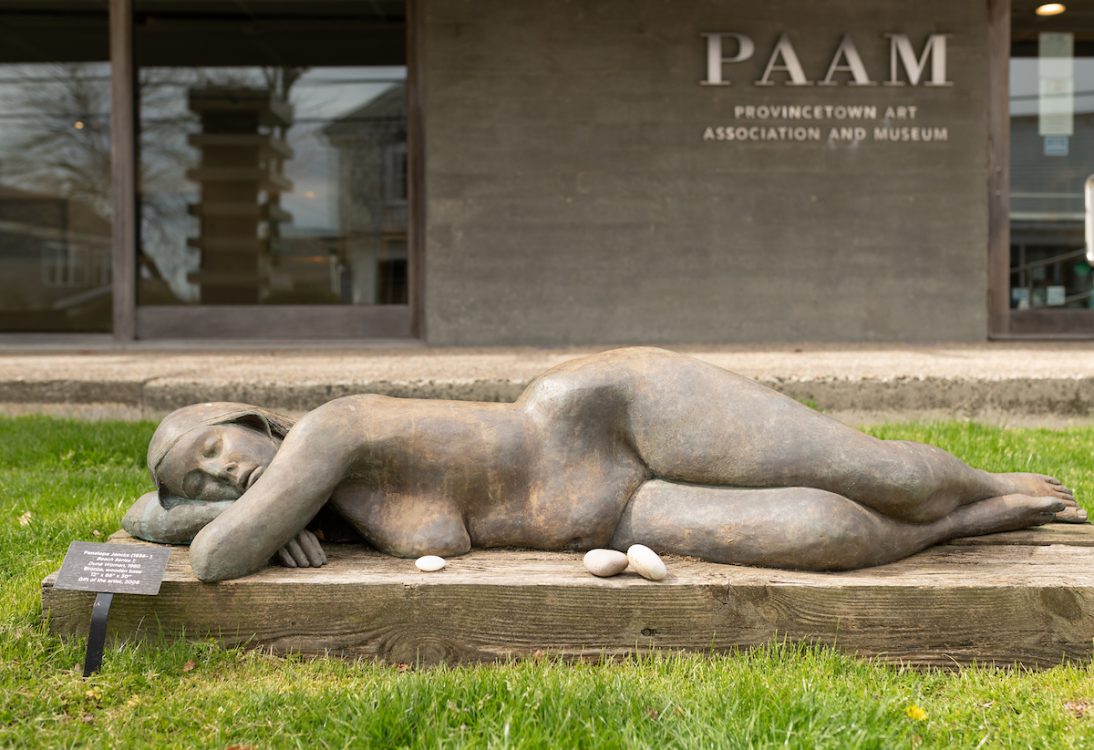
The transformation arrived in 1916 – dubbed the Great Provincetown Summer – when Provincetown emerged as a haven for creatives, drawing the likes of playwright Eugene O’Neill, writers Louise Bryant and Jack Reed, and painter Marsden Hartley. They were joined by more than 300 other artists and six schools of art, leading the Boston Globe to proclaim, “Biggest Art Colony in the World at Provincetown” in an August 27, 1916 headline.
Today, the stature of Provincetown remains, serving as a thriving cultural force and a must-visit for any tourist looking to soak in the arts. A walk down the bustling Commercial Street is the best place to start, serving to delight and inspire, especially during the summer when Provincetown’s main thoroughfare comes alive.
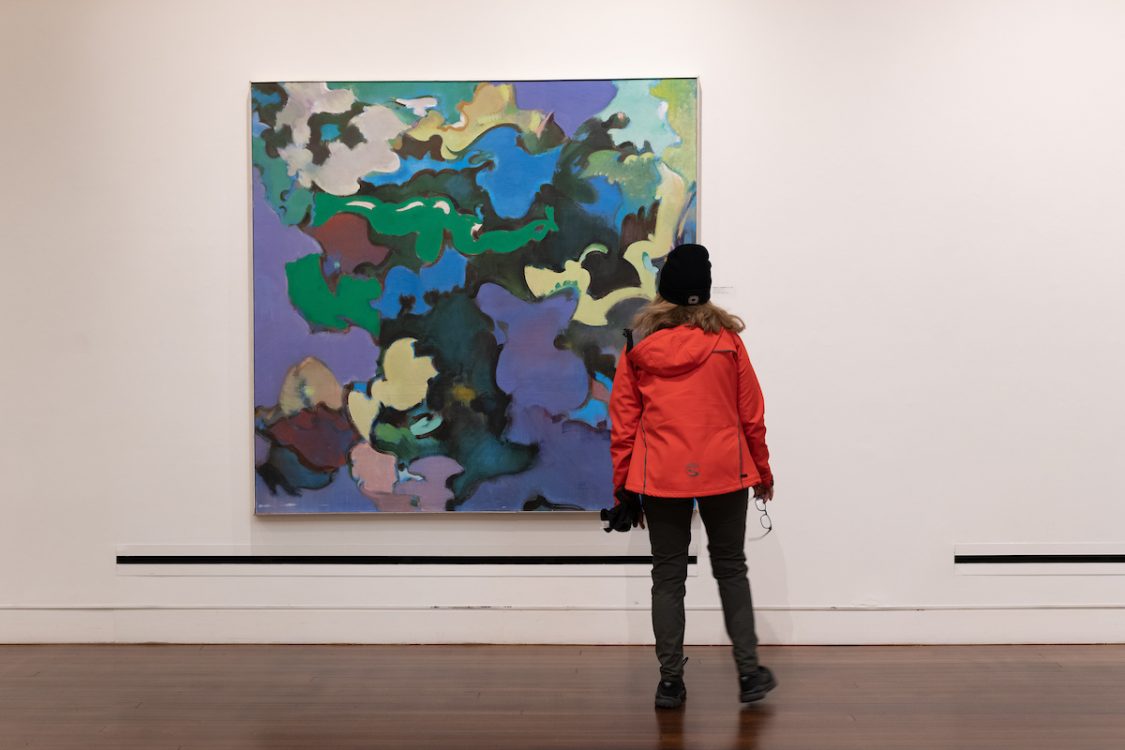
This is where the Provincetown Art Association and Museum (PAAM) is located. It was founded in 1914 – two years before the great summer – by a group of artists and townspeople to build a permanent collection of works by creatives on the Outer Cape. Today, PAAM’s permanent collection numbers over 3,000, created by 700 artists with ties to this section of the Cape, and includes such luminaries as Edward Hopper, Charles Webster Hawthorne, and Hans Hofmann, among others.
“PAAM’s importance is based on its primary functions: preserving the legacy of the oldest continuous arts colony in America,” says the museum’s Executive Director Christine McCarthy. “Through the collections, exhibitions, and programs, our members and visitors get to experience an important piece of American art history as well as the contemporary artists who continue to thrive here.”
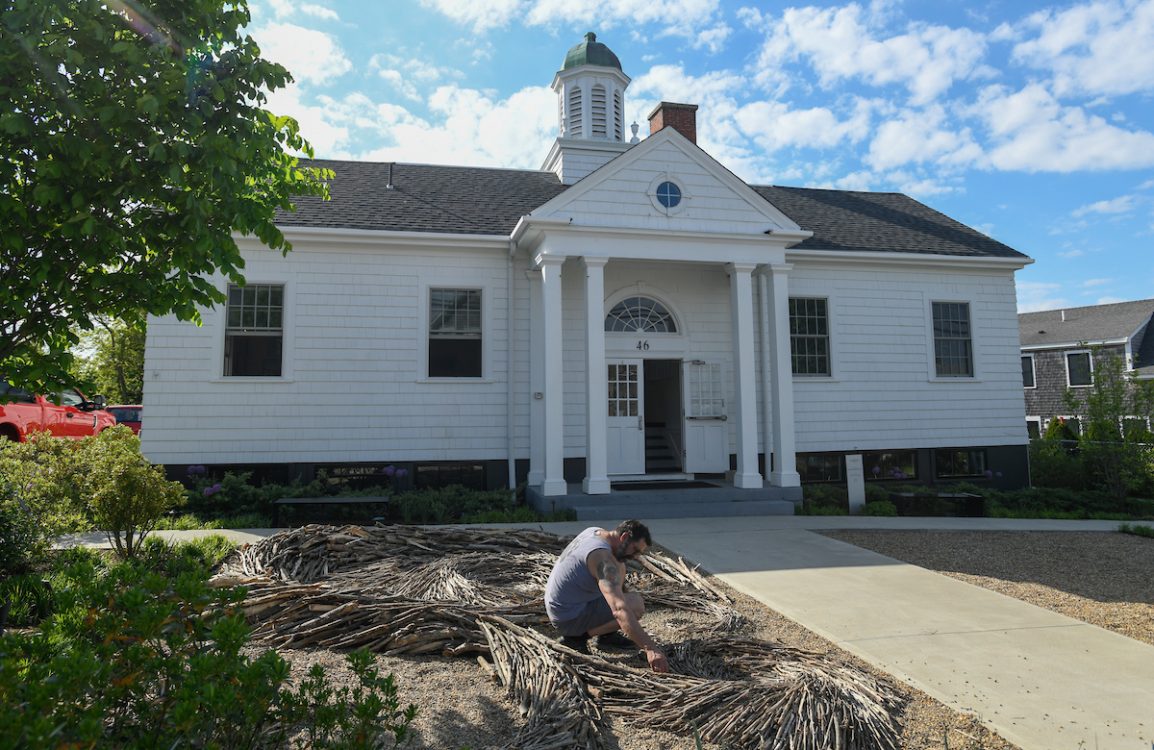
Along with its collection and rotating art exhibitions, PAAM offers year-round in-person and virtual workshops for both adults and youth in painting, printmaking, drawing, mixed media, and sculpture.
Visitors have a similar opportunity to tap into their creative side at the Fine Arts Work Center on Pearl Street. The nonprofit, which is known for its intensive residency program for emerging writers and artists, also gives the public a chance to hone their talents through a variety of visual arts and writing workshops.
Since it opened in March 2019, the Provincetown Commons has provided shared studio space to 16 Outer Cape artists in a historic building that was built in 1935. Once a schoolhouse as well as a community center, it is now a haven for creativity, hosting classes and workshops for artists, entrepreneurs, and locals. With two exhibition spaces, it’s a perfect place to view the work of local contemporary artists on Cape Cod and the Islands.
You can find more artwork along Commercial Street where there are multiple art galleries – Bowersock Fine Art Gallery, Berta Walker Gallery, Bakker Gallery, the Schoolhouse Gallery, AMP Gallery, Gary Marotta Fine Art, Rice Polak Gallery, GAA Gallery, and Cortille Gallery, among others – that give visitors a well-rounded view of art, from the historic to the modern.
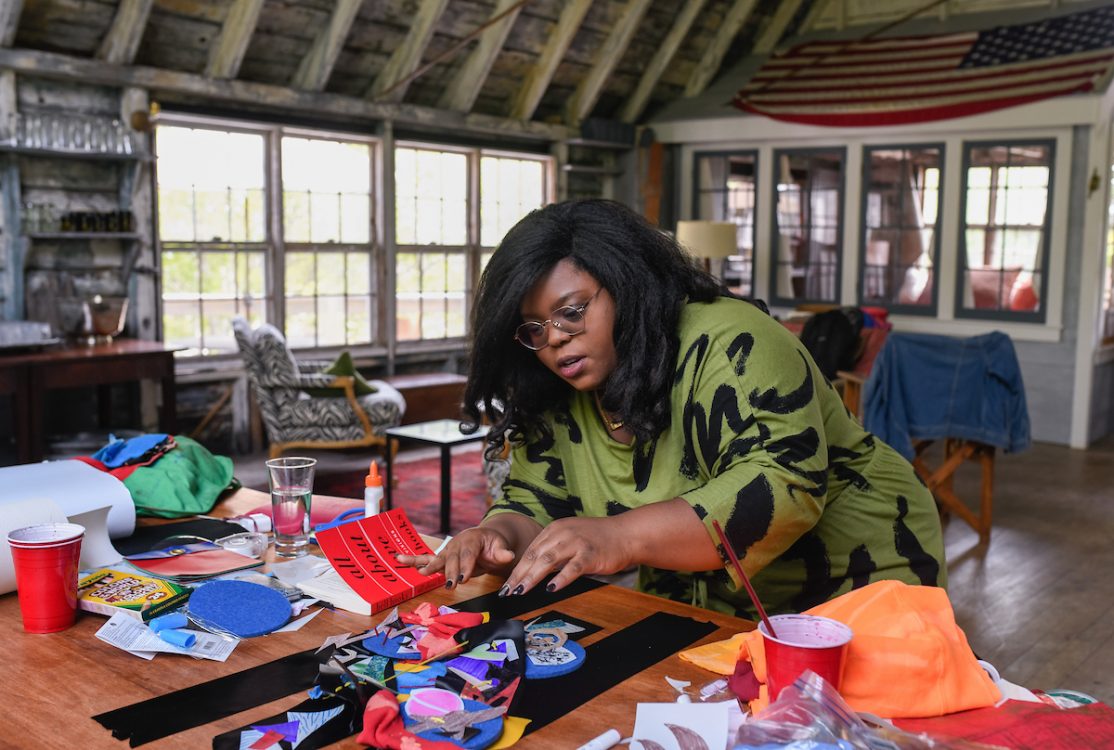
Wherever you are in Provincetown, the Pilgrim Monument always looms overhead. Constructed between 1907 and 1910 to commemorate the first landing of the Mayflower Pilgrims in Provincetown on November 11, 1620, the monument is the tallest all-granite structure in the United States. On August 20, 1907, President Theodore Roosevelt laid the cornerstone of the monument. Three years later, President William H. Taft led the dedication ceremony of its completion.
Adjacent to the monument is the Provincetown Museum where day-trippers can learn about the town’s rich history, including the arrival of the Pilgrims, its connection to the water, and the building of the monument. It also highlights Provincetown’s critical role in the theater; modern American drama was born here when The Provincetown Players were founded in July 1915. The company’s founding helped launch the careers of Eugene O’Neill and Susan Glaspell and is considered one of the most important developments in American theatre.
Today, that institution is still going strong at the Provincetown Theater on Bradford Street. “We present new visions of American playwrights and performers while doing classics,” says the theater’s Artistic Director David Drake. “We only do American-written plays because this is the birthplace of American theater. My job is to share our medium of live performance, whether it’s storytelling night, new plays, or classic plays reimagined for us. This is a gathering place that brings everyone together for this collective experience.”
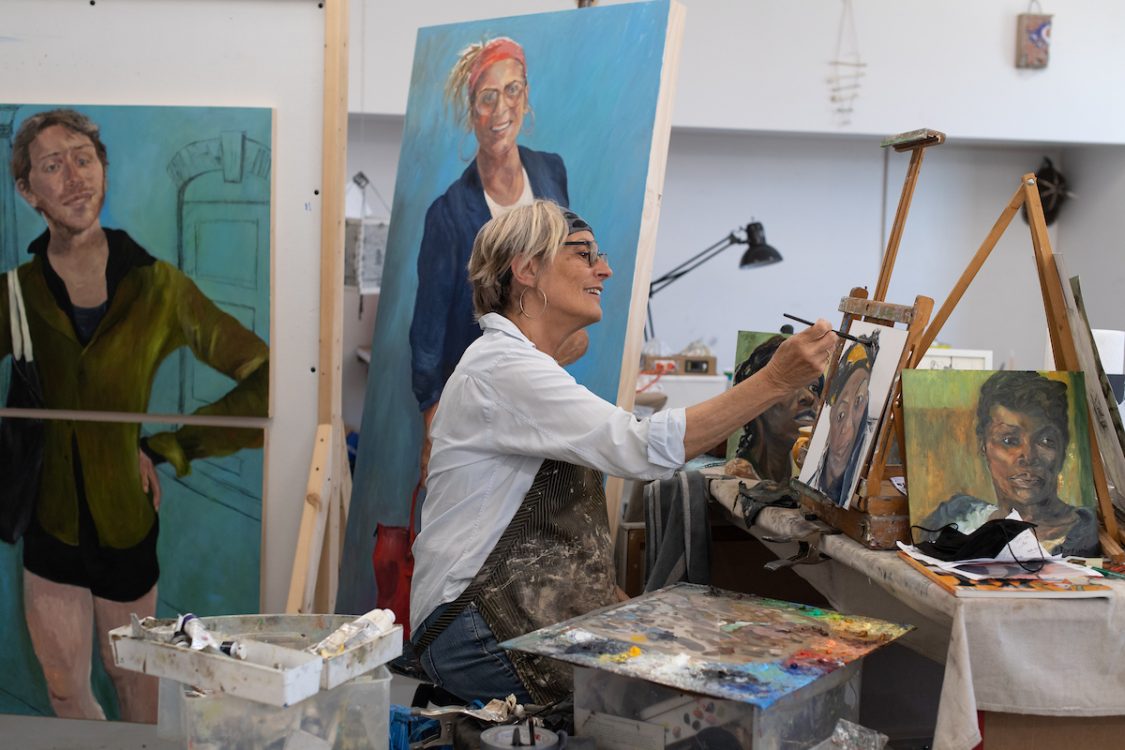
Visitors to Provincetown can also enjoy live entertainment, including music, drag shows, and comedy at the Pilgrim House, a historic building that opened in 1810 and which counted Henry David Thoreau among its guests. Tin Pan Alley, the Crown & Anchor, the Porchside Bar and the Governor Bradford Restaurant are a few of the other local establishments where you can catch live entertainment in Provincetown.
In June, Provincetown really starts to come alive with its annual film festival which brings a slice of Hollywood to the laid back vibe of the Outer Cape. That kicks off a stretch of excitement that reaches a crescendo with Provincetown Carnival in August, a weeklong celebration of LGBTQ life featuring parades, costumes, and special performances.
In September, Provincetown celebrates the popular playwright Tennessee Williams, who spent four summers here in the 1940s writing plays, short stories and poetry. The annual Tennessee Williams Theater Festival presents a mix of his classic plays and experimental work along with new work inspired by the author’s art.
And then there’s Halloween and the holidays in Provincetown, both of which embrace the vitality and spirit of the Cape’s most artistic community. “Within three square miles, one can experience all kinds of art, music, theater, and more,” says PAAM’s Chris McCarthy. “Provincetown is not to be missed if culture is part of any itinerary.”
For places to stay on the Outer Cape, click here. For dining options on the Outer Cape, click this link. And for additional things to do during your visit to the Outer Cape, click here.